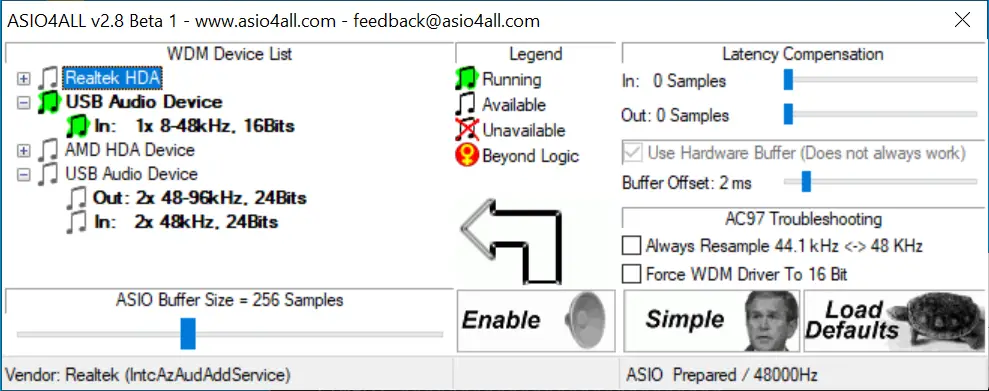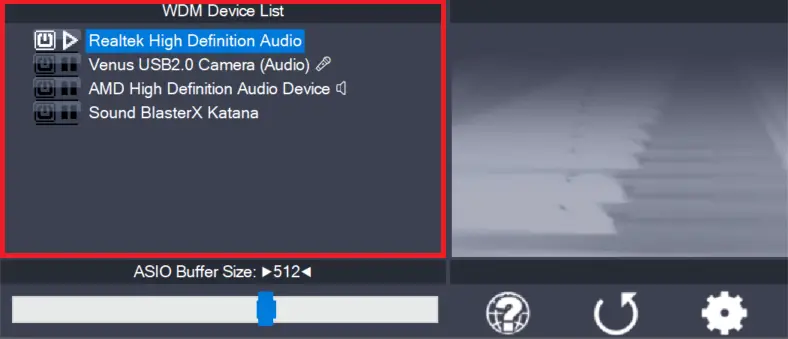Changes since version 2.7:
- Add support for Vista (32-bit) WaveRT audio and real time scheduling.
- Some additional small-ish adaptations to Vista RTM.
- KS buffer settings of 3 and 4 now work as designed.
- Improve a condition where actual latency would increase over time.
- Workaround for a rare WDM driver issue causing a “divide by zero” crash.
- All the little things that I fixed during the last year and which to document I “forgot”.






Leave a Reply